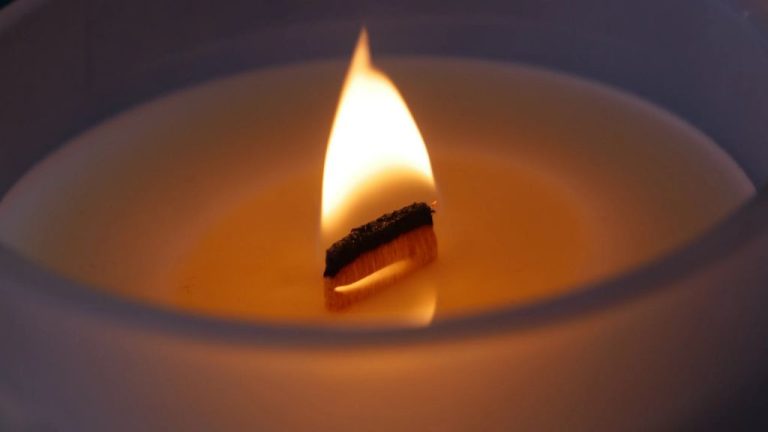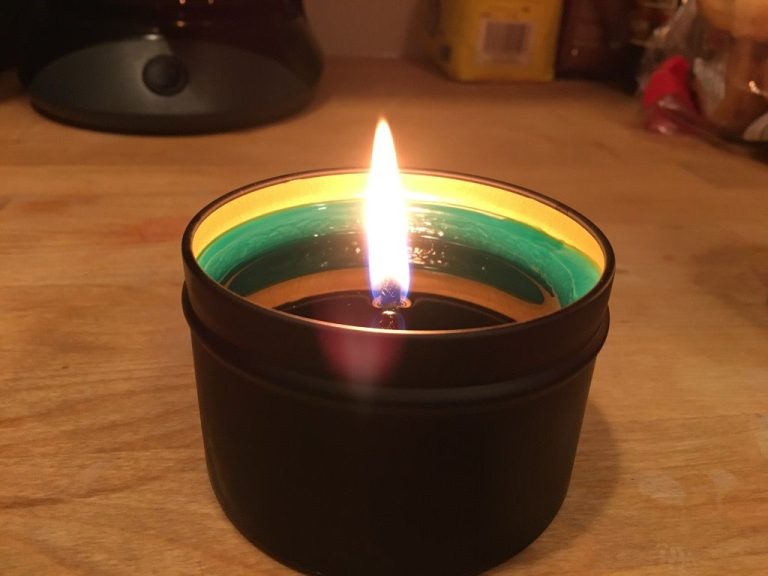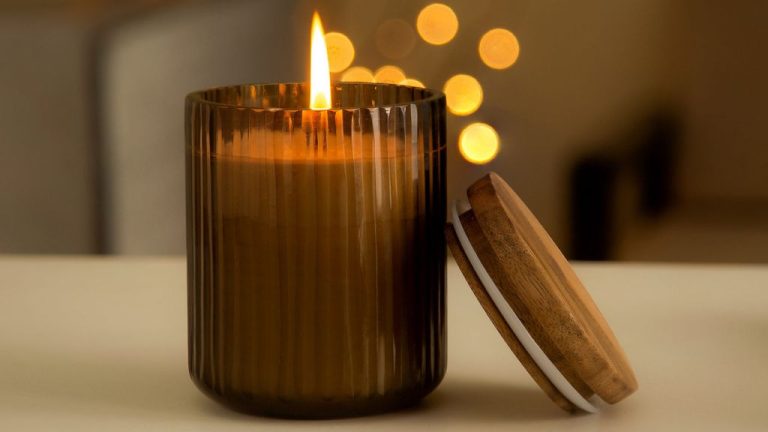Are Cheap Scented Candles Worth It?
Scented candles have become increasingly popular over the past decade. According to the National Candle Association, sales of candle products in the U.S. total an estimated $3.14 billion annually (https://candles.org/facts-figures-2/). With their alluring scents and warm, inviting glow, it’s no wonder scented candles can now be found in many American households.
Given their ubiquity today, scented candles are now produced at varying price points. While premium candles can cost $30 or more, budget-friendly options under $10 are also widely available. This raises the key question – are cheap scented candles worth it?
Pros of Cheap Scented Candles
The biggest pro of cheap scented candles is their low cost. Cheap candles typically retail for $10 or less, with some available for just a few dollars. This makes scented candles extremely accessible and affordable. Even candle enthusiasts on a budget can build up a decent collection to enjoy a variety of scents.
The low price point also reduces the guilt factor if you want to burn through candles quickly. With an inexpensive candle, you don’t have to feel anxious about using it up too fast. You can light it liberally and finish it off without worrying about wasting money.
Cheap scented candles are often sold in multipacks at discount retailers. This allows you to stock up and save even more money. For example, a pack of 3 might retail for just $5, making each candle only $1.67. The bulk packaging also reduces waste compared to individually boxed candles.
Owning a range of cheap scented candles makes it affordable to match specific scents to your mood or activity. You can burn a relaxing lavender candle for yoga, an energizing citrus candle while cleaning, and a cozy seasonal scent during movie nights. With cheap candles, collecting a variety isn’t cost-prohibitive.
Cons of Cheap Scented Candles
One of the biggest drawbacks of cheap scented candles is that they often use lower quality materials. Many cheap candles are made from paraffin wax, which is derived from petroleum. Paraffin wax has a low melting point, meaning candles made from this material burn quickly and produce more soot (source). Higher end candles tend to use natural waxes like soy, coconut, or beeswax which burn slower and cleaner.
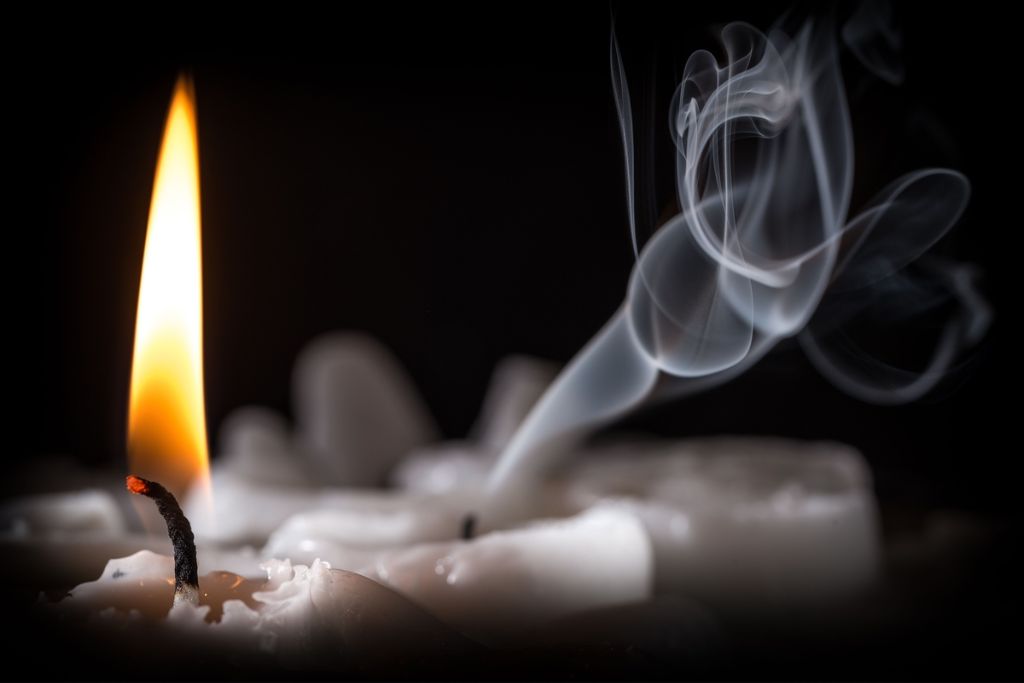
In addition to lower quality waxes, cheap scented candles also tend to have weaker scents. This is because high quality candles use a higher concentration of fragrance oils, while cheaper varieties dilute the fragrance more. With a cheap candle, you may get an initial scent burst when first lighting it, but the aroma diminishes quickly as the candle burns (source). More expensive candles retain their scent better throughout the entire burn time.
Ingredient Quality Differences
The main ingredient that sets cheap scented candles apart is the use of paraffin wax. Paraffin wax is a petroleum byproduct made from crude oil that is refined to create a wax substance. It’s often bleached and mixed with dyes and fragrances to create scented candles (1).
In contrast, more natural candle waxes like soy wax and beeswax are made from plants and bees. Soy wax is made from hydrogenated soybean oil. Beeswax comes directly from honeycomb produced by honey bees. These natural waxes are considered more environmentally friendly and non-toxic compared to paraffin (2).
Paraffin wax produces a cheaper candle than soy or beeswax. It has a smooth texture and makes vivid colors and scents possible. However, there are concerns around paraffin wax being a petroleum product and releasing compounds like toluene and benzene when burned (1). Ultimately, natural waxes tend to be viewed as higher quality, though more expensive.
Sources:
(1) https://lonestarcandlesupply.com/soy-vs-paraffin/
(2) https://simplenesscollection.com/en-us/blogs/news/soy-wax-candle-vs-paraffin-candle-whats-the-difference
Fragrance Differences
There are two main types of fragrance used in candles: essential oils and synthetic fragrances.
Essential oils are extracted from plants through methods like steam distillation. They contain the true scent of the plant and are considered natural fragrances. However, essential oils are more expensive and can produce weaker scents in candles. According to Stone Candles, “Candles with essential oils generally don’t have that much lasting of a scent.”

Synthetic fragrances, also called fragrance oils, are artificially created in a lab to mimic natural scents. They are cheaper to produce than essential oils. As Harlem Candle Company explains, “The main difference between fragrance oils and essential oils is that fragrance oils are manufactured in a laboratory, whereas essential oils are extracted from plants.” Fragrance oils usually produce stronger, longer-lasting scents in candles.
So while essential oil candles use natural ingredients, the trade-off is a shorter scent throw. Synthetic fragrance candles have stronger scents but contain artificial ingredients. Consumers must decide which priority is more important to them when choosing between the two main fragrance options.
Sources:
https://www.stonecandles.com/blogs/blogs/essential-oils-vs-fragrance-oils
https://www.harlemcandlecompany.com/blogs/journal/fragrance-oils-vs-essential-oils-in-candles
Burn Time
One of the biggest differences between cheap and more expensive candles is burn time. Burn time refers to how long a candle will burn before it runs out of wax and extinguishes. Cheap candles made from paraffin wax tend to have much shorter burn times than candles made from higher quality natural waxes like soy, beeswax, and coconut wax.
According to Creative Candles, “Natural materials such as beeswax, soy wax, and coconut wax all have much longer burn times than petroleum-based candles made from materials like paraffin wax.” https://creativecandles.com/blogs/blog/what-type-of-candle-burns-the-longest
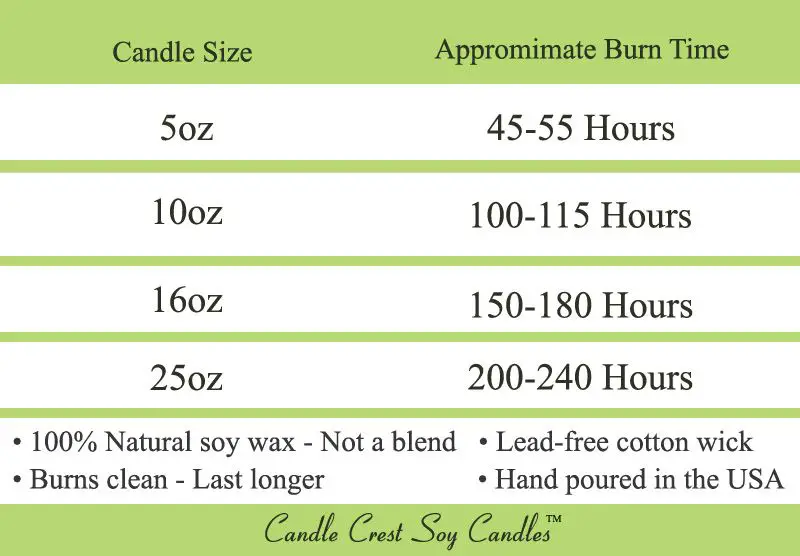
Thompson Ferrier states, “Generally, natural waxes like soy, beeswax, and coconut wax burn slower than paraffin wax, resulting in longer burn times. For instance, soy candles tend to have burn times of 60-80 hours, while paraffin candles average 10-15 hours.” https://thompsonferrier.com/blogs/journal/everything-you-need-to-know-about-candle-burn-times
According to Slatkin & Co., tealight candles burn for 4-5 hours, votive candles burn for 15-20 hours, and a typical 3-inch container candle made from paraffin wax will burn for 20-30 hours. In contrast, container candles made from soy wax can burn for 60-80 hours. https://www.slatkinandco.com/blogs/the-slatkin-summary/what-is-the-average-burn-time-of-a-candle
So when choosing between cheap paraffin candles versus more expensive natural wax candles, expect 3-8 times longer burn times from the higher quality options.
Safety Concerns
When it comes to safety, cheap scented candles can pose some risks that pricier candles do not. One issue is soot buildup. Cheaper candles often produce more soot because they use lower quality waxes and wicks that do not burn as cleanly (Source). The soot released can dirty surfaces, trigger allergies, and even contribute to respiratory issues if breathed in.
Another concern is lead in the wicks. Some cheaper candle wicks contain lead or lead cores to help keep wicks upright while burning. Lead exposure from candle wicks is small but still concerning, especially for children (Source). Higher end candles avoid lead wicks and use safer alternatives like zinc or cotton.
In addition, cheap scented candles are more prone to issues like tunneling, smoking, and uneven burning. This makes them more of a fire hazard compared to better quality candles. It’s important to always keep a close eye on any burning candle, but extra caution should be used with cheaper varieties.
Environmental Impact
One major consideration when purchasing scented candles is their environmental impact, especially when it comes to the type of wax used.
Most cheap scented candles are made from paraffin wax, a petroleum-based product. Paraffin wax comes from crude oil refining, and petroleum extraction/refining processes can damage ecosystems and release pollutants. According to source, paraffin wax candles are not biodegradable and release toxins like benzene and toluene when burned.
In contrast, natural wax candles like soy, beeswax, and coconut wax have less environmental impact. Soy wax comes from soybean oil, a renewable resource. Beeswax is a natural byproduct of honey production. Coconut wax comes from the coconut meat. According to source, natural waxes produce less soot and burn cleaner than paraffin wax. However, soy and coconut farming does have some environmental impact as well.
Overall, natural wax candles are more eco-friendly than paraffin candles. Consumers who want to minimize environmental impact may want to pay a bit more for candles made from soy, beeswax, coconut wax or other natural waxes rather than cheap paraffin candles.
Recommendations for Budget Conscious
There are some great options for those looking for quality scented candles on a budget. Here are some recommendations:
Look for sales at major retailers like Bath & Body Works, Yankee Candle, and Target. They often have deals like buy 2 get 2 free or 50% off select candles. This is a great way to stock up on quality candles at a discount (Source).
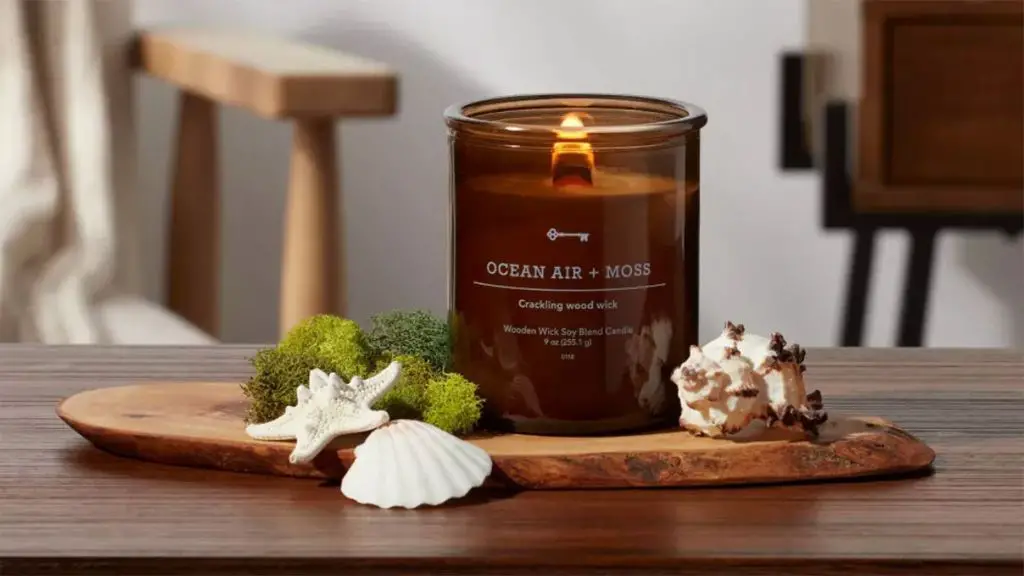
Consider store brand candles from places like Target and Walmart. While not as luxurious as some pricier brands, they offer a good value and often use premium fragrances. Threshold brand at Target and Mainstays at Walmart are very affordable quality options (Source).
Check out brands like Homeworx, Amsterdam, and Benevolence LA that offer quality soy-blend candles at lower price points. You can often find large, long burning candles for under $20 from these brands (Source).
Consider making your own candles! With some basic supplies, you can customize your own candle scents. This can be the most budget friendly option if willing to invest some time.
Evaluate your needs and be selective about candles. For example, use unscented candles for simple lighting ambience and save scented candles for special relaxation and aromatherapy purposes.
Conclusion
When comparing cheap and more expensive scented candles, there are several notable differences to consider. Cheap candles often use lower quality waxes and oils, resulting in poor fragrance throw and burn times. While they may seem like a bargain upfront, cheap candles usually don’t perform as well and need to be replaced more frequently.
On the other hand, more expensive candles are crafted with higher standards using premium ingredients. As a result, they provide captivating scents, clean burns, and long-lasting enjoyment. Though pricier, these candles deliver excellent value when their lifespan, safety, and overall satisfaction are factored in.
For those on a tight budget, consider splitting the difference. Look for candles in the moderate price range that balance affordability and quality. With careful selection, it’s possible to find reasonably-priced candles that provide a safe, delightful experience without breaking the bank. Just be sure to read labels and ingredients to ensure decent wax and oil sources.
In summary, while cheap candles may seem tempting, caveat emptor applies. For the best results, expect to pay a little more for candles made with quality ingredients that provide an enjoyable scent experience and clean burn. But with wise shopping, it’s possible to find great candles even on a budget.


